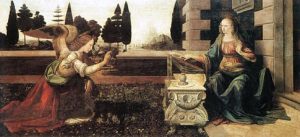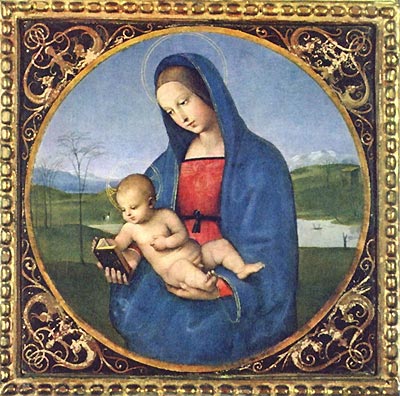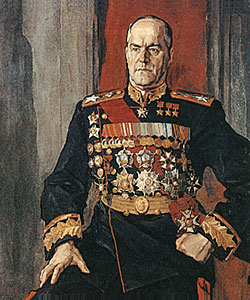masters saw in reality
How did the masters of the Italian Renaissance study
 Verrocchio, Mantegna, Leonardo da Vinci, Michelangelo. The greatest geniuses. What bright individuals and how much they differ from each other! What unites the unsurpassed masters of the time, which is called the Renaissance? Not only new compared to the Middle Ages – interest in antiquity, a different subject and spiritual richness of the works. At the heart of everyone’s creativity is a new professional method of teaching visual arts in workshops. Continue reading
Verrocchio, Mantegna, Leonardo da Vinci, Michelangelo. The greatest geniuses. What bright individuals and how much they differ from each other! What unites the unsurpassed masters of the time, which is called the Renaissance? Not only new compared to the Middle Ages – interest in antiquity, a different subject and spiritual richness of the works. At the heart of everyone’s creativity is a new professional method of teaching visual arts in workshops. Continue reading
Egyptian ostracon drawings
 In the art of ancient Egypt there are monuments that make up a special group. These are works of graphics – drawings on the boards. The Greek word “ostracon” literally means a shard, a fragment of ceramics. However, in relation to the art of ancient Egypt, it has a more capacious meaning. This word is commonly understood as drawings made not only on fragments of ceramics, but mostly on chipped stone (usually limestone), less commonly wood, that is, on material that was always at hand with masters engaged in decorating the tombs of the Theban necropolis — painting walls , manufacturing of statues and items of funeral inventory. Continue reading
In the art of ancient Egypt there are monuments that make up a special group. These are works of graphics – drawings on the boards. The Greek word “ostracon” literally means a shard, a fragment of ceramics. However, in relation to the art of ancient Egypt, it has a more capacious meaning. This word is commonly understood as drawings made not only on fragments of ceramics, but mostly on chipped stone (usually limestone), less commonly wood, that is, on material that was always at hand with masters engaged in decorating the tombs of the Theban necropolis — painting walls , manufacturing of statues and items of funeral inventory. Continue reading



